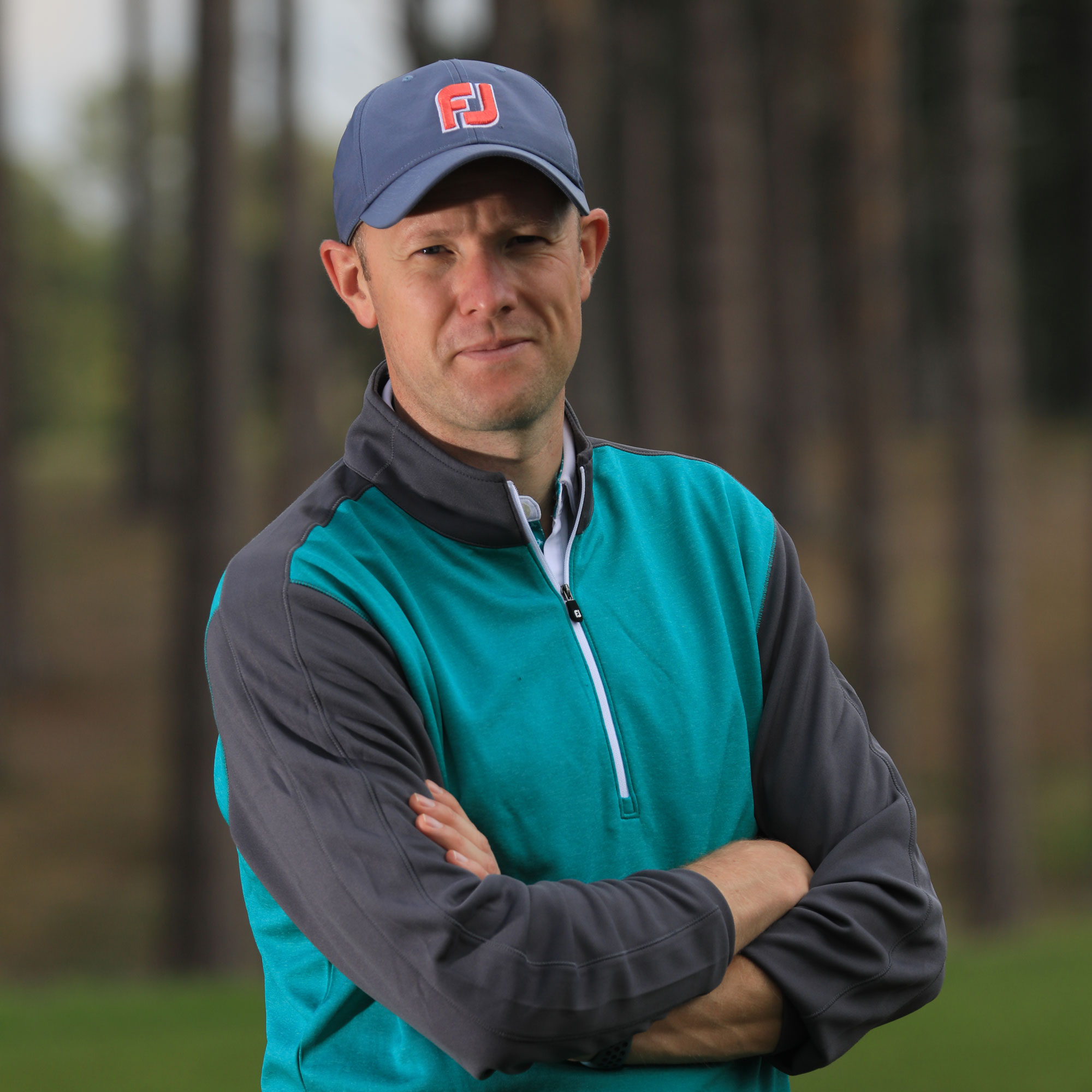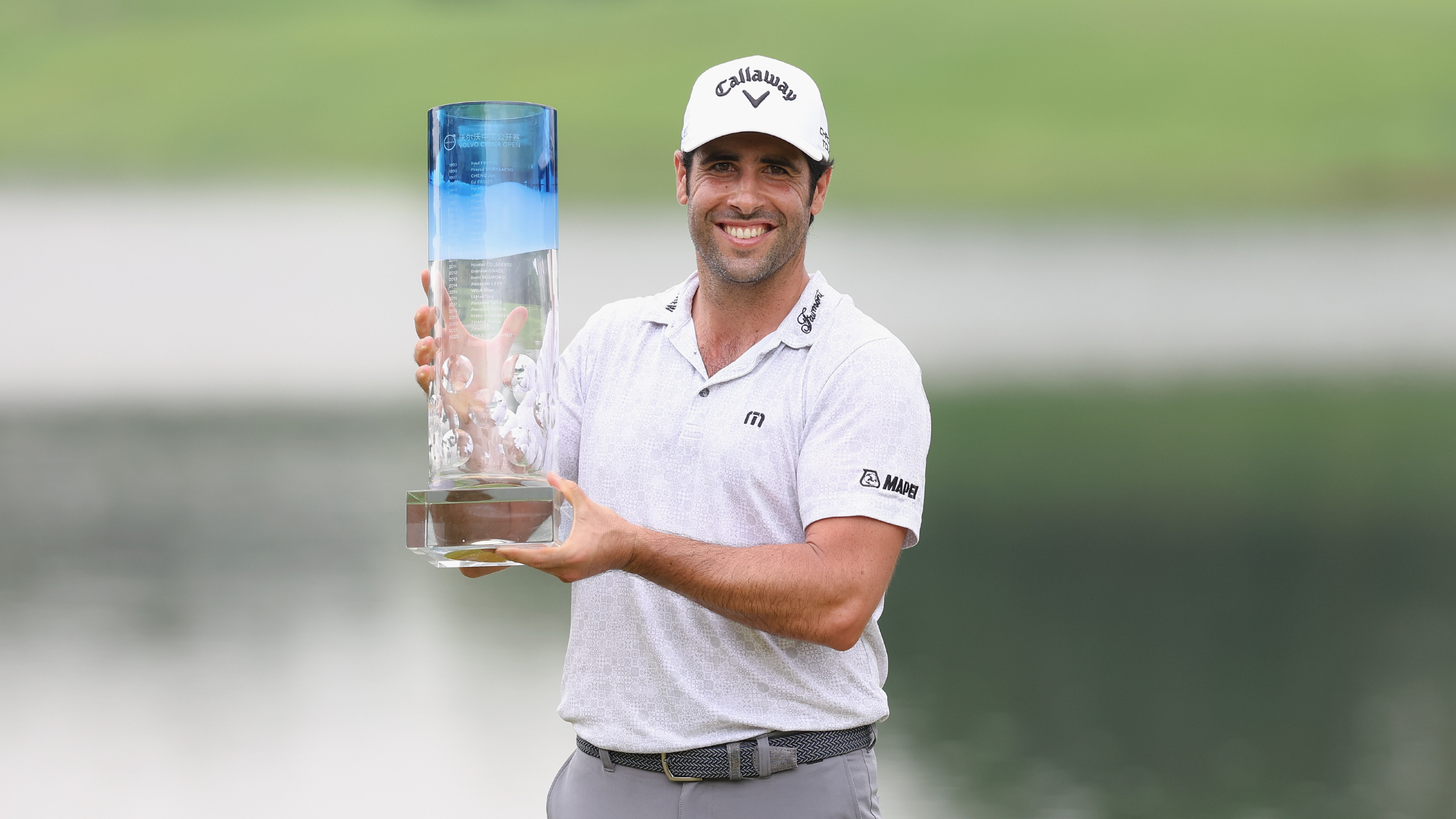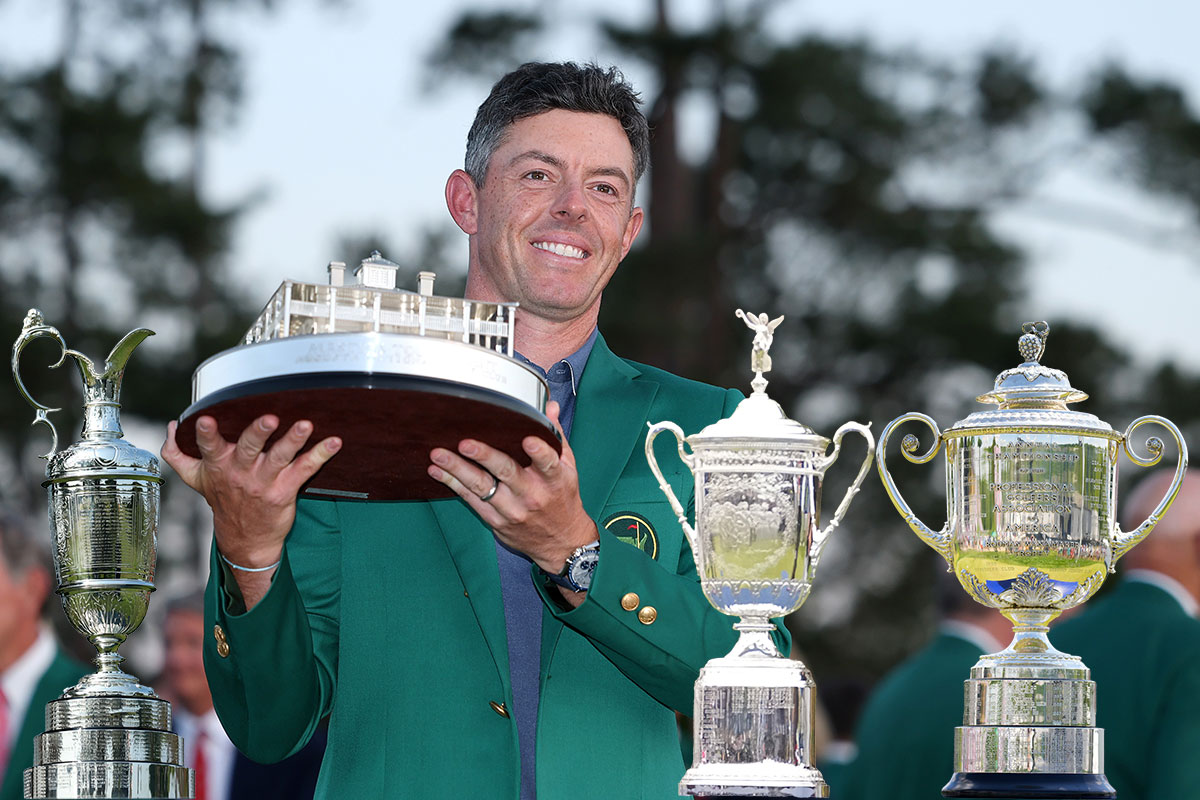Is the Titleist 716 MB iron the last true blade?


Having tested almost every iron model currently on the market, Neil Tappin asks whether the Titleist 716 MB iron is the last we'll see of the true blades...
Take a quick look at the irons on sale in your local pro shop and you’ll be hard pushed to find what a traditionalist would describe as a ‘blade’. As with all product categories, engineers are being tasked with making the game that little bit easier and within the irons market this means unlocking more distance and forgiveness. The classic feel and uncompromising nature of a blade, can at times, seem like a relic from the past.
Of course, those engineers are doing a commendable job. One trend we’ve seen in recent times has been for classic looking irons to feature more forgiveness. Take Titleist’s latest 716 AP2 or CB models, or TaylorMade’s recent PSi launch, or Mizuno’s new MP-25. They all look sleek, offer great control but importantly feature significantly more forgiveness than you’d have experienced with previous generations. What’s not to like?
That brings me to the original question – with traditional cavity back designs becoming more forgiving, where does this leave the classic blade market?
Titleist 716 MB Irons 60-second preview below
Well, as part of its 716 release Titleist has delivered a new MB model (as pure a blade as you'll find available in the market today) and I carried out an extensive trial, using a launch monitor, of these irons during Golf Monthly’s recent 716 testing. The most notable feature here was the desire of the engineers to return the shape to the old Titleist 680 irons – a pure blade that had been incredibly popular with the brand’s Tour players. By heightening the muscle back and narrowing the effective surface area of the sole, they came with the promise of a supreme feel through impact.
Get the Golf Monthly Newsletter
Subscribe to the Golf Monthly newsletter to stay up to date with all the latest tour news, equipment news, reviews, head-to-heads and buyer’s guides from our team of experienced experts.
The good, and slightly surprising, news was that in the short and mid irons, these were the stand-out performer for me in the entire range. I’m a 5-hadicapper and whilst my ball-striking is one of the better elements of my game, I’d hardly say it was faultless. But the Titleist 716 MB iron didn’t expose any lingering lack of confidence. The thin toplines and lack of forgiveness were much less of an issue when I was looking down at more loft at address. The size of the striking surface between heel and toe is quite large, so again, they didn’t feel too unforgiving. With such impressive feel, control, and to my genuine surprise distance, (I put this down to the way the soles were getting through the turf) I quickly came to love the performance, not just the looks.
In the long irons however, it was a different matter. In particular, it was the lack of offset that made them look so uncompromising at address. Where my ball-striking had previously been consistent, suddenly I reached the 5-iron and began to struggle. It was the mental challenge of looking down on a combination of thin topline and no offset that was causing problems. The inconsistency in my own strike pattern was immediately evident. (See the video review below)
So having tested one of the few pure blades on the market, is there a future for this category in the mass market? Yes I think there is but maybe not in there current guise.
As engineers have looked to make their cavity back designs more forgiving, the gap for a completely traditional iron offering is bigger than ever. Whilst I wouldn’t play blades at the top end of my own bag, I would certainly consider using them in the mid and short irons because, most interestingly of all, I didn’t find them too hard to hit or intimidating to look down on. What's more if I hadn't been through this process, I'd have never tested the Titleist 716 MB irons, thinking they were far too unforgiving for my game.
That’s why I think it’s important for players of all abilities to think about which irons work best in which areas of the bag and to go into every fitting with an open mind. Most manufacturers will offer players the chance, as a result of a fitting, to mix and match different models through the set - just look at the Titleist 716 T-MB long iron offering and you'll see how much more performance they can find from this traditional looking but hollow construction. So if brands like Titleist can offer traditional long iron replacements that are noticeably more powerful and forgiving, perhaps that leaves scope for players to dial in their control as much as possible at the bottom end of the bag. Enter the traditional blade. This might seem like something only the most serious players would do, but I think there are benefits to this for all of us. It’s down to the individual to challenge his or her fitter to test more than one model in a range during a fitting. If you do, you might be surprised by the results.

In July 2023, Neil became just the 9th editor in Golf Monthly's 112-year history. Originally working with the best coaches in the UK to produce instruction content, he has also presented many Golf Monthly videos looking at all areas of the game from Tour player interviews to the rules of golf.
Throughout his time with the brand he has also covered equipment launches that date back well over a decade. He clearly remembers the launch of the Callaway and Nike square drivers as well as the white TaylorMade driver families, such as the RocketBallz! If you take a look at the Golf Monthly YouTube channel, you'll see his equipment videos dating back over a decade! He has also conducted 'What's In The Bag' interviews with many of the game's best players like Rory McIlroy, Dustin Johnson and Jon Rahm. Over the years, Neil has tested a vast array of products in each category and at drastically different price-points.
Neil is currently playing: Driver: TaylorMade Stealth Plus Fairway Wood: Titleist TSR2 Hybrid: Titleist TS3 Irons: PING Blueprint S (4&5), PING Blueprint T (6-PW) Wedges: Titleist Vokey SM7 50˚, 54˚, 60˚ Putter: Odyssey Triple Track Ten Ball: Titleist Pro V1X
-
 Volvo China Open Prize Money Payout 2025
Volvo China Open Prize Money Payout 2025The DP World Tour heads to the Far East for a tournament offering one of the largest purses so far this season
By Mike Hall Published
-
 How Many Majors Will Masters Champion Rory McIlroy Win In His Career... And Which Is Next?
How Many Majors Will Masters Champion Rory McIlroy Win In His Career... And Which Is Next?Rory McIlroy completed the Career Grand Slam in dramatic fashion at The Masters, but how many Majors could he go on to win in his career (and which comes next)?
By Barry Plummer Published